Description:
About This CME Teaching Activity ▼
This CME Teaching Activity provides a practical review of genitourinary, pulmonary and neuropathology. Faculty address basic to advanced techniques, pitfalls and pearls to pathologic diagnosis. Interactive case reviews emphasize the material presented will round out the program.
Target Audience ▼
This CME activity is primarily intended and designed to educate pathologists.
Scientific Sponsor ▼
Educational Symposia
Accreditation ▼
Physicians: Educational Symposia is accredited by the Accreditation Council for Continuing Medical Education (ACCME) to provide continuing medical education for physicians.
Educational Symposia designates this enduring material for a maximum of 16.25 AMA PRA Category 1 Credit(s)TM. Physicians should claim only the credit commensurate with the extent of their participation in the activity.
All activity participants are required to take a written or online test in order to be awarded credit. All course participants will also have the opportunity to critically evaluate the program as it relates to practice relevance and educational objectives.
AMA PRA Category 1 Credit(s)TM for these programs may be claimed until May 14, 2023.
This CME activity was planned and produced by Educational Symposia, the leader in diagnostic imaging education since 1975.
This CME activity was planned and produced in accordance with the ACCME Essential Areas and Elements.
Educational Objectives ▼
At the completion of this CME activity, subscribers should be able to:
- Discuss the most common benign and malignant well-differentiated lipomatous tumor.
- Recognize the major diagnostic pitfalls in the diagnosis of lung adenocarcinoma and non-adenocarcinoma thoracic neoplasms.
- Develop an integrated approach to the diagnosis of lung cancer.
- Discuss the importance of pathological and radiological correlation in pulmonary disease.
- Better understand the evaluation of a blue biopsy.
- Recognize the pearls and pitfalls of interstitial lung diseases and their mimics.
- Discuss the WHO classification and cIMPACT-NOW classification guidelines for CNS tumors.
- Better understand peripheral nerve sheath tumors.
- Recognize glial and glioneuronal neoplasms.
- Develop an integrated approach to intraoperative CNS consultations and frozen sections.
- Appreciate meningioma grading and other meningeal neoplasms.
- Discuss the diagnosis and reporting of limited adenocarcinoma on needle biopsy of the prostate.
- Analyze common bladder tumors on biopsy and TURB specimens.
- Review common differential diagnoses in bladder lesions.
- Review common differential diagnoses in prostate lesions.
- Recognize mimickers of bladder neoplasm.
- Better understand medicolegal issues in pathology cases relating to genitourinary pathology.
No special educational preparation is required for this CME activity
Topics/Speaker:
1. Diagnosis and Reporting of Limited Adenocarcinoma on Needle Biopsy of the Prostate
2. Diagnosis, Staging, and Grading of Urothelial Carcinoma
3. Common Differential Diagnoses in Kidney and Testis Lesions
4. Mimickers of Bladder Neoplasia
5. How Biopsy Technique (Transbronchial, Cryo, or Needle Biopsy) Changes Your Pathologic Approach
6. Medicolegal Issues of Pathologists General Aspects and Specific Cases Relating to Genitourinary Pathology
7. Lung Adenocarcinoma What Do I Need to Know in 2020
8. Update of the WHO Classification and cIMPACT-NOW Classification Guidelines
9. The Importance of Clinical and Radiologic Correlation in Pulmonary Pathology
10. Glial and Glioneuronal Neoplasms
11. What To Do With the Blue Biopsy
12. Peripheral Nerve Sheath Tumors
13. Approach to Important Non-Adenocarcinoma Thoracic Neoplasms
14. Intraoperative CNS Consultations Frozen Sections
15. Neuropathology Unknown Cases
16. Non-neoplastic Mimickers of Diffuse Gliomas
17. Key Pearls of Interstitial Lung Disease and Their Mimics That Should Change Your Approach
CME Release Date 5/14/2020
CME Expiration Date 5/14/2023

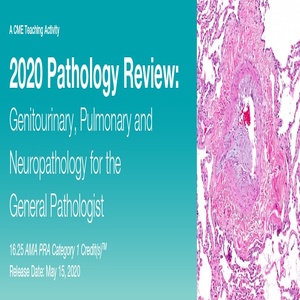
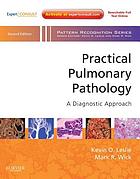
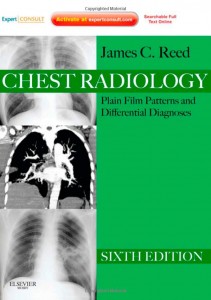


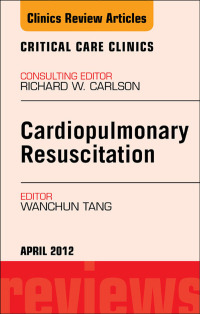
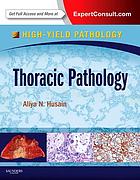
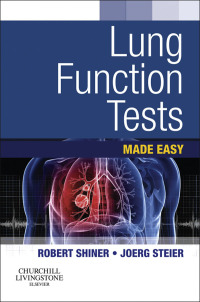
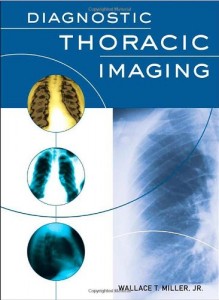
Reviews
There are no reviews yet.